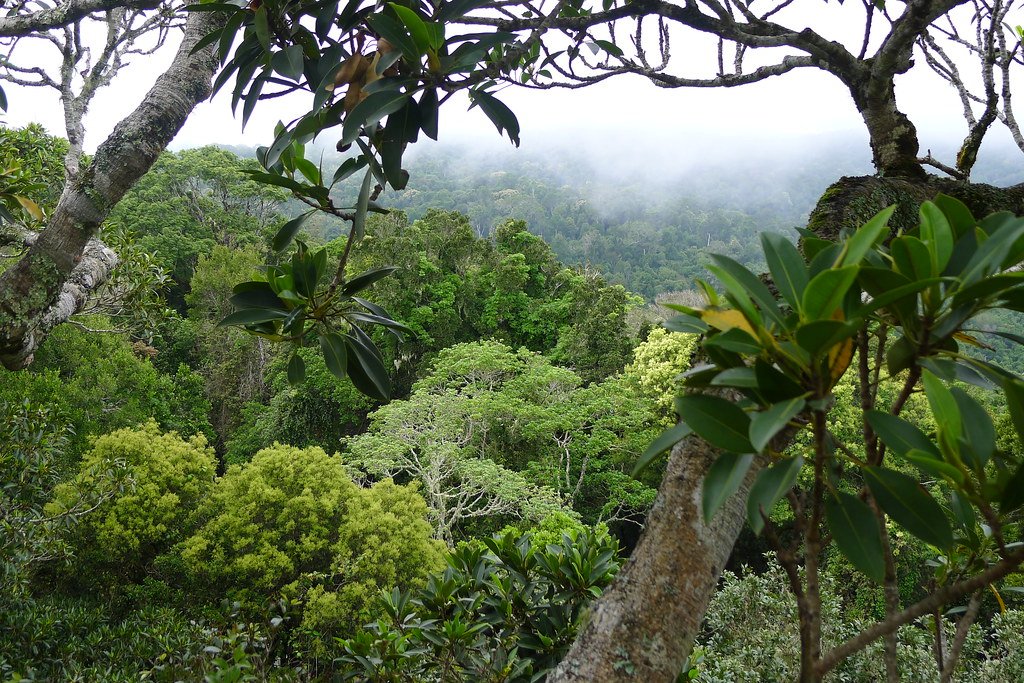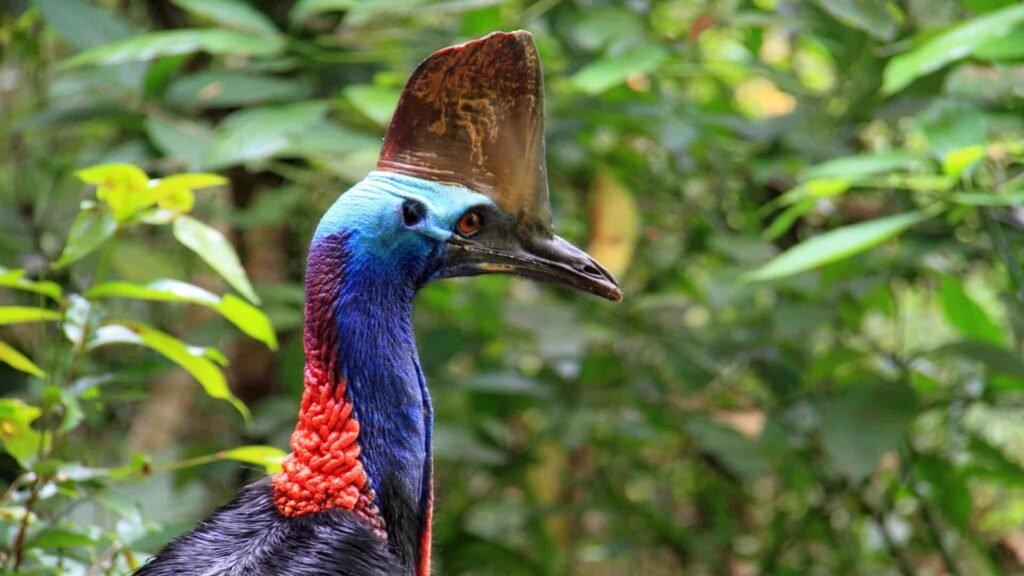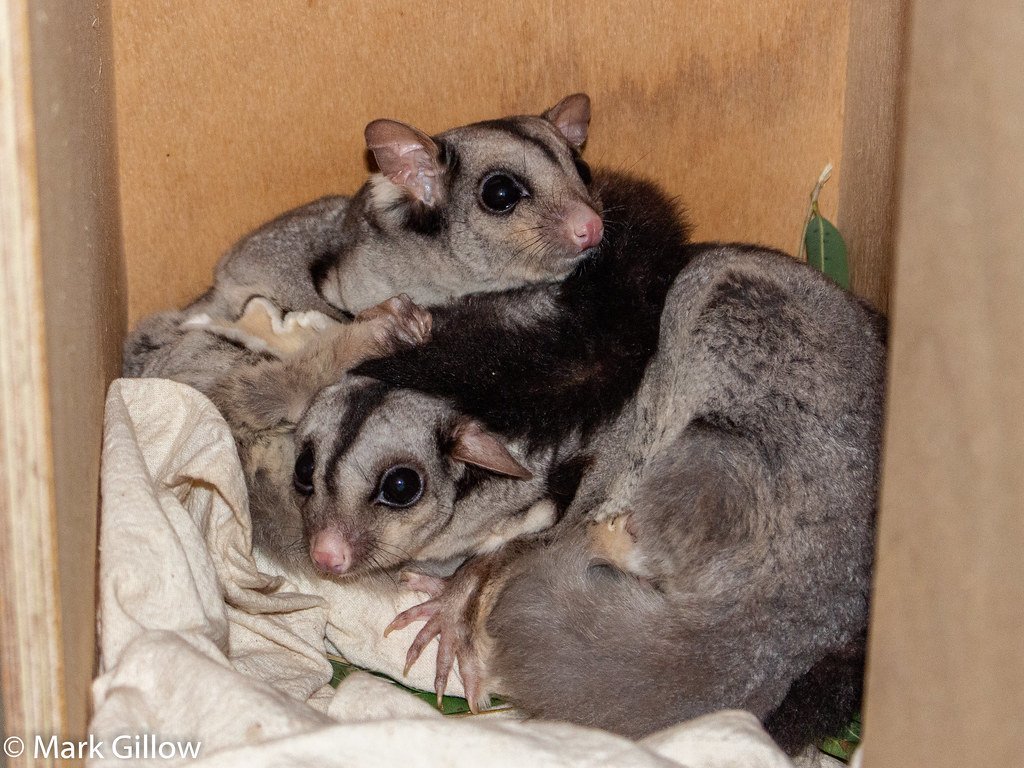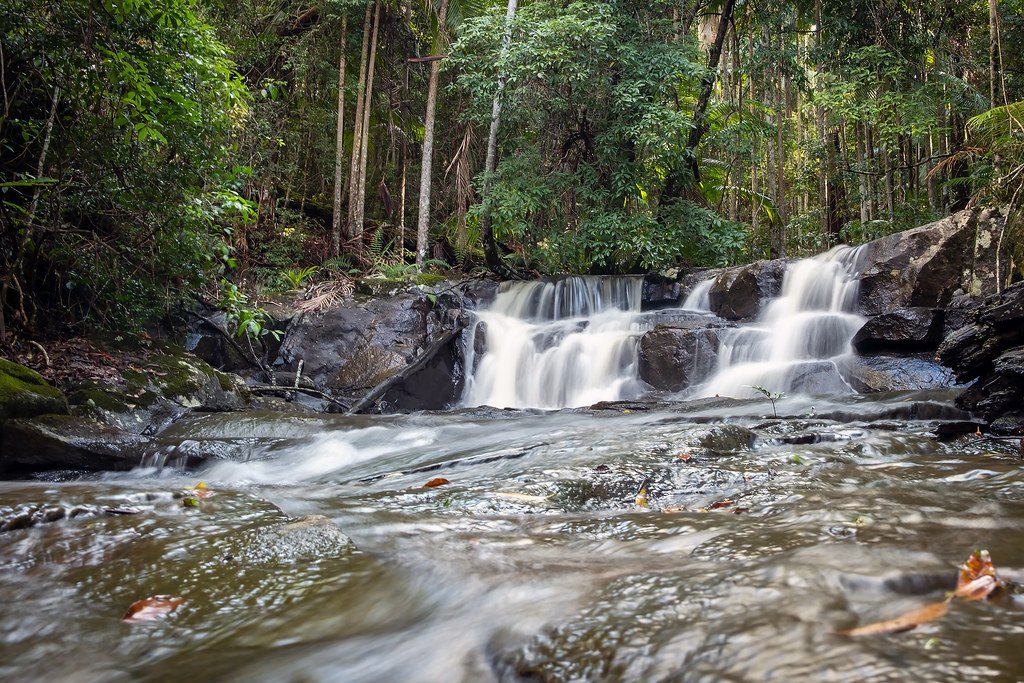Deforestation is a significant global challenge with profound impacts on ecosystems, biodiversity, and climate stability. Nowhere is this more evident than in Queensland, Australia, where the rainforests, among the oldest on Earth, are facing unprecedented threats from human activities. These unique ecosystems, known for their rich biodiversity and ecological significance, are rapidly diminishing. This article explores the impact of deforestation in Queensland’s rainforests, focusing on its far-reaching effects on the region’s biodiversity.
Understanding Queensland’s Rainforests

Queensland’s rainforests are a complex and diverse ecosystem that stretches along the northeast coast of Australia. Home to a plethora of plant and animal species, these rainforests represent a critical habitat for countless forms of life. The dense vegetation, high rainfall, and warm climate create optimal conditions for biodiversity. These forests are significant not only for their ecological value but also for cultural importance for Indigenous Australians.
The Drivers of Deforestation

Deforestation in Queensland is primarily driven by agriculture, urban development, and logging activities. The conversion of forested land into agricultural land, particularly for cattle grazing and crop production, has massively contributed to forest loss. Additionally, urban expansion and infrastructure projects have further encroached on rainforest territories, leading to fragmented environments that jeopardize wildlife habitats.
Loss of Habitat and Species Decline

The destruction of rainforests in Queensland leads to the loss of critical habitats, directly impacting numerous species that depend on these environments for survival. Many endemic species—those found only in this region—face extinction risks as their living spaces shrink. The removal of forest canopy disrupts essential ecological networks and food sources, triggering a cascade of negative effects on biodiversity.
Impact on Plant Diversity

The plant life in Queensland’s rainforests is incredibly diverse, with thousands of species coexisting. Deforestation affects not only the quantity of plants but also their diversity. When forests are cleared, the unique microclimates that support specialized plant species are destroyed, leading to a loss of plant richness and an increase in the likelihood of invasive species taking over.
Effects on Animal Populations

Animal species such as the iconic cassowary, tree kangaroos, and numerous bird and reptile species are severely impacted by deforestation. As their habitats disappear, these animals struggle to find food, mates, and shelter. Fragmented landscapes force wildlife into smaller, isolated patches of forest, increasing their vulnerability to predators and reducing their genetic diversity.
Threats to Endangered Species

Several endangered species call Queensland’s rainforests home. Deforestation exponentially increases the risk of extinction for these species. For instance, the endangered mahogany glider, which relies on specific tree species for habitat and nourishment, faces dire consequences as these trees are felled for timber and agricultural expansion.
Impact on Ecosystem Services

Rainforests provide numerous ecosystem services crucial for maintaining environmental health. They act as carbon sinks, playing a vital role in regulating climate and atmospheric carbon levels. By absorbing carbon dioxide, they mitigate climate change effects. Deforestation undermines these services, contributing to climate disruption and increased carbon emissions.
Soil Degradation and Water Cycle Disruption
The removal of trees from rainforests disrupts the water cycle, reducing rainfall and affecting river systems. Soil erosion becomes more prevalent without tree roots to anchor the soil, leading to nutrient loss and further habitat degradation. This ongoing cycle eventually results in desertification, altering the landscape irreversibly.
Socio-Economic Implications of Deforestation

While deforestation may provide short-term economic benefits through agriculture and logging, the long-term costs are significant. Loss of biodiversity can impact tourism, a vital industry for Queensland, as fewer natural attractions remain. Furthermore, indigenous communities that rely on rainforest resources for cultural and subsistence needs face challenges as their traditional lands are destroyed.
Conservation and Restoration Efforts

Despite the challenges, there are active conservation and restoration efforts driven by government agencies, NGOs, and local communities. Restoration initiatives involve replanting native species and creating wildlife corridors to reconnect fragmented habitats. Preservation policies aim to balance economic development with environmental protection, ensuring a sustainable future for Queensland’s rainforests.
The Role of Technology in Conservation

Technology plays a pivotal role in monitoring deforestation and supporting reforestation efforts. Satellite imagery and drones are increasingly used to gather data on forest cover changes. These technologies help pinpoint threatened areas, enabling targeted conservation actions to be implemented efficiently.
Engaging Local Communities

Community involvement is crucial in the fight against deforestation. Empowering local communities with knowledge and resources to sustainably manage their land can lead to more effective conservation outcomes. Education and awareness programs are vital in fostering a sense of stewardship and responsibility among locals.
Policy Interventions and Regulations

Strong policy frameworks are essential in curtailing deforestation. Enforcing stricter regulations on land use and ensuring compliance is key to preventing illegal logging and unsanctioned land clearance. Incentives for sustainable agricultural practices and land management can also help reduce deforestation pressure.
International Cooperation

Recognizing the global importance of Queensland’s rainforests, international cooperation and funding are crucial in supporting conservation efforts. Collaborative projects between governments, NGOs, and international organizations can strengthen the resources and strategies needed to address deforestation effectively.
The Future of Queensland’s Rainforests

The future of Queensland’s rainforests hinges on successful balance between economic interests and environmental conservation. Continued efforts to preserve these vital ecosystems are essential in maintaining biodiversity and ensuring ecosystem services for future generations. With persistent dedication, it is possible to protect these ancient forests and the life they harbor.
In conclusion, deforestation in Queensland’s rainforests has far-reaching impacts that extend beyond the immediate loss of trees. From threatening biodiversity and disrupting ecosystems to contributing to climate change, the implications are concerning. However, through comprehensive conservation efforts, technological advancements, and international cooperation, there is hope for preserving these rainforests. Each step taken to protect these ecosystems is a step toward a more sustainable and ecologically balanced future.




